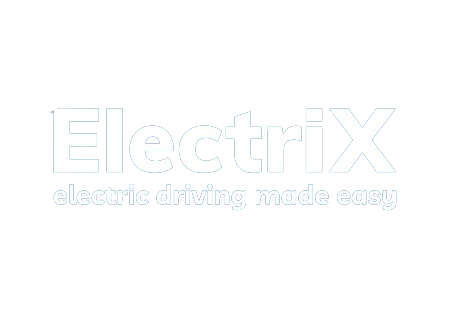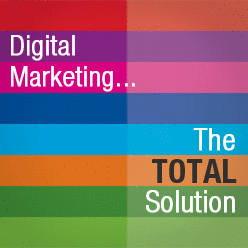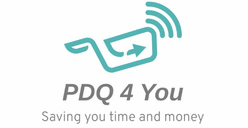In case you missed it see what’s in this section
Let's Talk
Your Total Guide To lifestyle
How to Calculate the True Cost of Your Car Loan
To get a car loan, it’s important to understand what the real cost of a car loan is so you can make informed financial decisions. The headline interest rate might not be the whole story; fees, loan length and repayment structure are all factors. These factors help borrowers avoid surprises and keep their budget on track.
The Role of Interest Rates
The total expense of a loan is very sensitive to interest rates. How much extra you pay over time is determined by them. The rate, whether fixed or variable, impacts monthly payments and the total cost.
APR vs. Nominal Interest Rate
The nominal rate is the price you pay for a loan, and the annual percentage rate (APR) includes other fees. APRs are compared to give a clearer picture of the total expense of the loan.
The Impact of Loan Duration
The final cost is dependent on the length of your repayment term. Lowering monthly installments means a longer term, but you end up paying more interest over all.
Balancing Monthly Payments and Interest Costs
Shorter terms pay less interest total, but have greater monthly obligations. However, spreading the term extends the payment period, and increases the overall expense.
Additional Fees to Consider
Various fees that affect affordability may be included in the price that lenders use to calculate loan costs. This can vary by institution but is key to the total cost.
Origination Fees
A few lenders charge an upfront origination fee when processing the loan. This one time cost can run hundreds to the total cost.
Prepayment Penalties
If you repay the loan early you may incur penalties and negate any savings from lower interest. These charges always need to be reviewed to understand what they are.
Down Payment’s Role in Reducing Costs
A large down payment contributes to reducing the amount of money borrowed. It reduces monthly payments, lowers interest costs and it can help get you better terms.
Building Equity Early
The more you pay upfront the more equity you build and the less risky the loan is for lenders and this can potentially lower interest rates.
Depreciation and Loan Value
Depreciation takes away from the value of the vehicle over time, and you might find yourself owing more on the vehicle than its worth. But this situation, called negative equity, can be alleviated by using shorter terms or higher payments.
Comparing Lenders for Better Deals
Finding ways to bundle discounts and special offers leads to lower pricing. Online calculators and prequalification tools can help you figure out what’s best for your situation.
Negotiating Terms
You may see lenders willing to adjust the terms if you have a good credit history, a large enough down payment, or some other factor. Don’t be afraid to ask for better conditions.
The Importance of Budgeting
Make sure the monthly payment works with your spending plan before you finalize any agreement. You could end up overestimating what you can afford which could be a problem later.
Evaluating Total Ownership Costs
Don’t forget about the extra costs like insurance, maintenance, and registration. The total cost of owning a vehicle includes these factors, as well as loan payments.
Final Remarks
The true cost of your car loan is more than just interest rates. Usage fees, repayment terms, and other related expenses also need to be analysed as it will help you make smarter financial decisions. If you’re looking for a car loan, it’s best to understand all the factors that go into the process so you can choose a deal that fits your budget and goals.
Weather in Manchester
Listings









